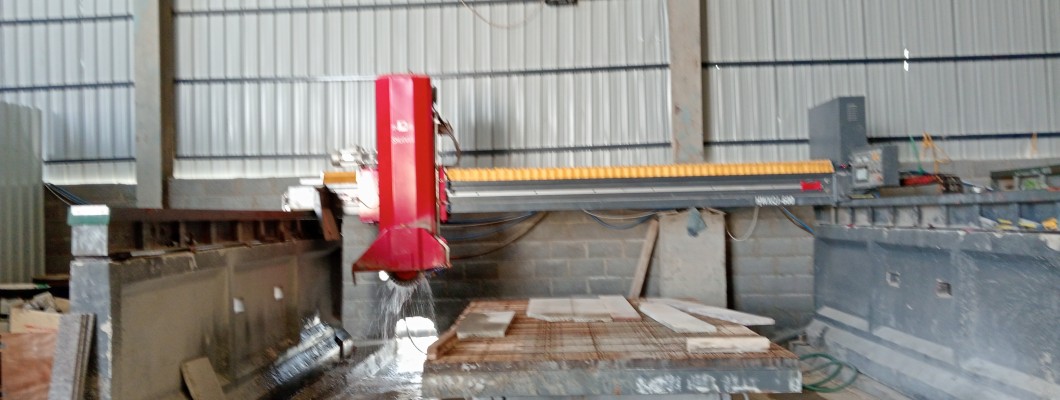
Stone Machinery Glossary: Must-Know Terms for Beginners
The stone processing industry may look rugged, but it requires a surprising amount of technical knowledge. For newcomers in this field — whether you're buying equipment, working in sales, or operating machines — understanding industry terms is essential. This guide explains the most common terminology you'll encounter when dealing with stone machinery.
1. Common Stone Machinery Types
Bridge Cutting Machine: A large stone saw with a bridge structure, used to make straight and cross cuts on stone slabs.
Infrared Cutting Machine: A bridge cutter equipped with infrared laser for alignment, improving accuracy.
Profiling Machine: Used to create decorative edge shapes such as trims and molding on stone surfaces.
Edge Polishing Machine: Polishes the sides or curved edges of countertops and tiles.
Manual Push Cutter: A small hand-guided machine for trimming or cutting small stone sections.
Vertical Cutter: Designed to make vertical cuts on thick or block-shaped stones.
2. Key Components in Stone Machinery
Main Spindle Motor: Drives the rotation of the saw blade.
Guide Rails: Supports the movement of the machine head and ensures cutting precision.
Inverter (VFD): Controls motor speed and protects the motor during startup and operation.
Diamond Blade: The circular blade used for cutting granite, marble, and other hard stone materials.
Cooling System: Uses water to reduce heat and dust during cutting.
Electrical Control Panel: Manages the functions and safety of the machine.
3. Stone Processing Terminology
Dry Cutting / Wet Cutting: Dry cutting does not use water; wet cutting uses water to reduce heat and dust.
Chamfering: Creating a 45-degree angle on stone edges for clean joints or design.
Grooving: Cutting slots into stone surfaces for installation or fixtures.
Multi-Blade Cutting: Using several blades at once to process large volumes of stone efficiently.
Edge Grinding / Polishing: Finishing the edge of a stone to make it smooth and presentable.
Laser Alignment: Using infrared or laser lines to guide and align the cutting position.
4. Understanding Equipment Specifications
Max Cutting Size: The largest size of stone slab the machine can cut.
Motor Power: Indicates the power capacity of the machine’s main motor, usually in kilowatts (kW).
Blade Size Range: Diameter range of blades the machine supports.
Table Size: The dimensions of the working platform where the stone is placed.
Vertical Stroke (Z-axis Travel): The range of up-and-down movement for the cutting head.
Rail Type: Refers to whether the guide rail is linear or round, affecting precision and stability.
5. Buying and Business Terms to Know
Free Delivery and Installation: Indicates whether the seller includes shipping and setup service.
Tax Included / Excluded: Whether the price includes VAT or not.
New or Second-Hand: The condition of the machine and whether a warranty is available.
In-Stock / Ready for Demo: Machine is available for test cuts or immediate delivery.
Standard Configuration: Lists the basic components included in the purchase. Extra parts may cost more.
Conclusion
Learning stone machinery terminology can save you time, money, and frustration — especially when communicating with suppliers, comparing quotes, or training staff. Keep this guide bookmarked as a reference for everyday use in the stone machinery industry.
Want a follow-up article on “Top Mistakes to Avoid When Buying an Infrared Bridge Saw”? Let us know!
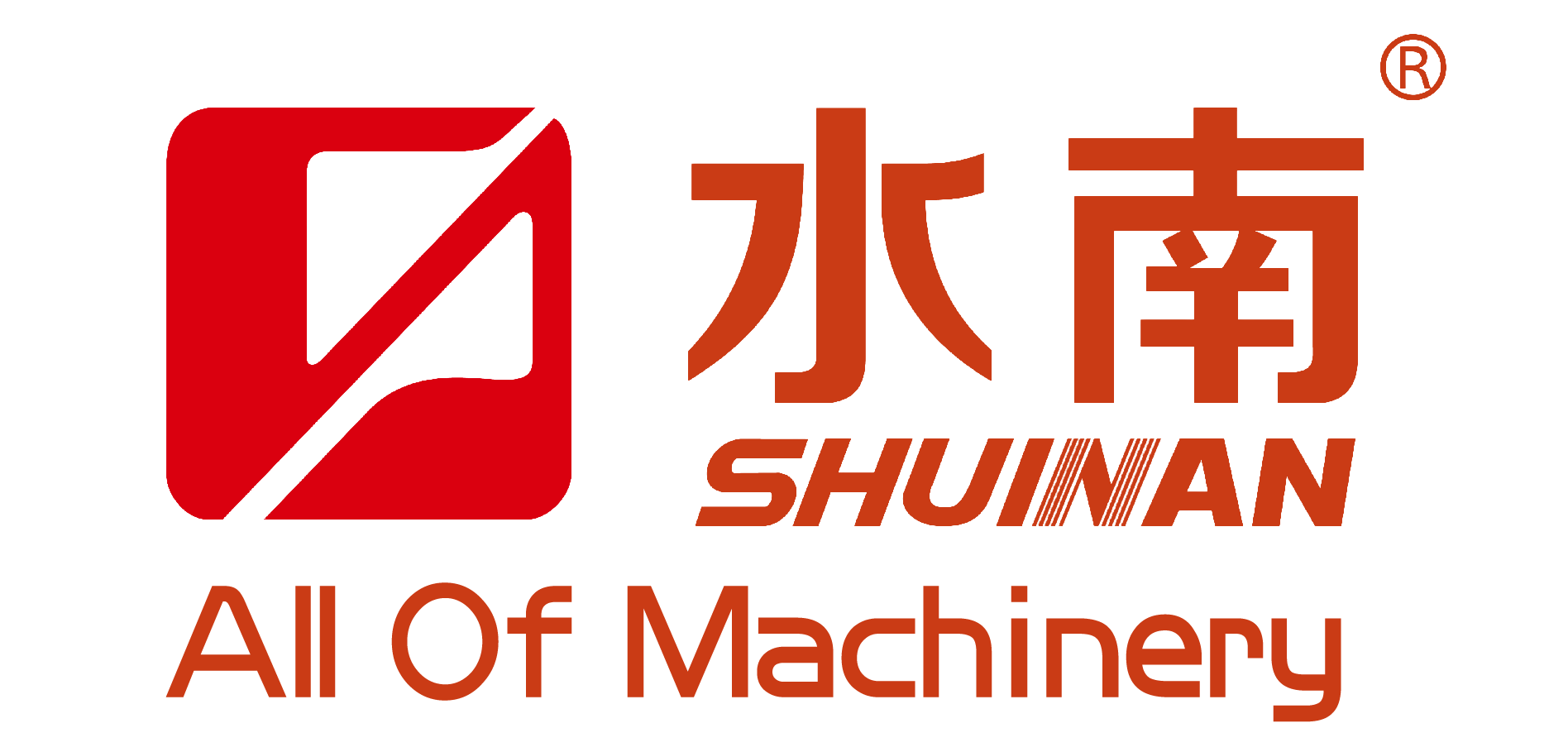
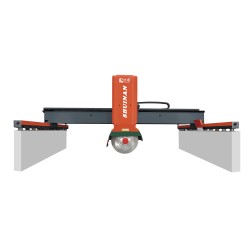
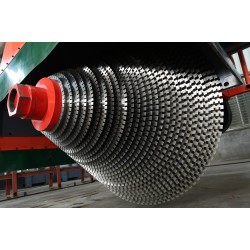
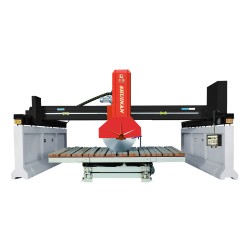
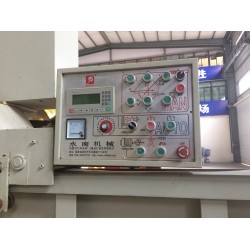
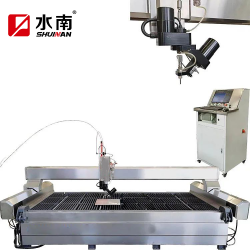

Leave a Comment